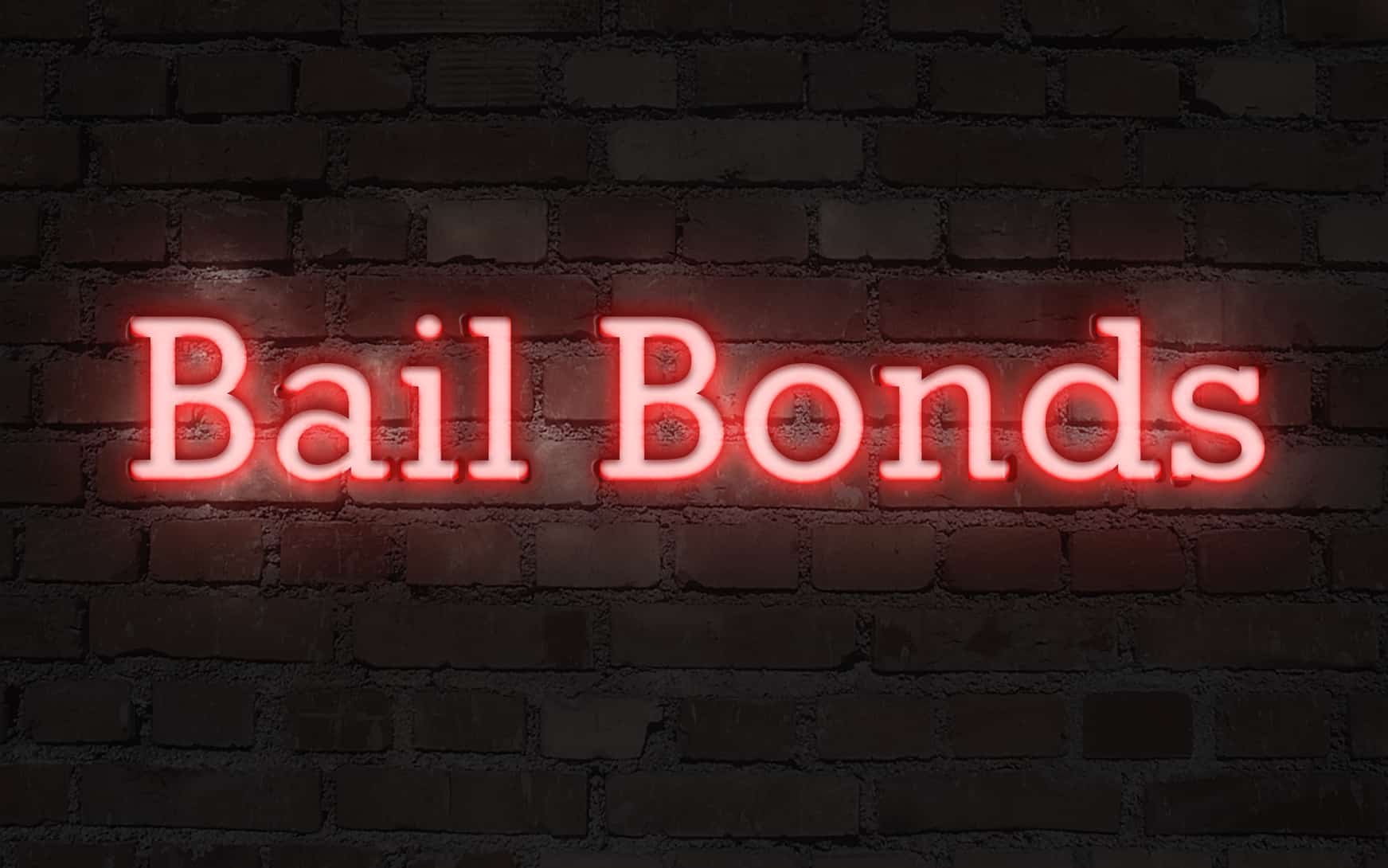A Comprehensive Take A Look At the Bail Bonds Process in Los Angeles
A Comprehensive Take A Look At the Bail Bonds Process in Los Angeles
Blog Article
Comprehending the Fundamentals of Bail Bonds: What You Required to Know
Navigating the intricacies of bail bonds is an essential facet of the legal system that can substantially impact the charged's trip with court proceedings. A bail bond works as an economic assurance for the court, helping with short-term launch from custodianship while awaiting trial. However, the details of exactly how bail bonds operate, the different types offered, and the important factors to consider in picking a reliable bail bondsmansman can be discouraging. Understanding these elements is essential, as the consequences of missteps might lead to unanticipated problems that extend much past the court. What are the fundamental facets that a person must understand to properly steer this process?
What Is Bail?
Bail is an economic arrangement that permits an individual implicated of a crime to be released from custodianship while awaiting test. The key function of bail is to make sure that the defendant shows up for future court procedures (Los Angeles Bail Bondsman). Normally established by a judge, the bail quantity varies depending upon the nature of the criminal activity, the offender's criminal history, flight threat, and various other relevant variables
When bail is provided, the accused or an agent needs to pay a defined amount, which might be in money or with a bail bond. In many cases, bail can be refuted altogether, particularly for severe offenses or if the suspicious postures a significant threat to public safety. The concept of bail is rooted in the presumption of innocence, strengthening the idea that individuals must not be penalized prior to a sentence.

Recognizing Bail Bonds
A bail bond is a monetary tool that promotes the launch of a charged person from custody, serving as an assurance for their appearance at future court dates. This plan allows defendants to keep their freedom while awaiting test, lowering the worries connected with incarceration. The bail bond process usually includes a third-party company, called a bond bondsman, that supplies the required funds to the court on behalf of the accused.
Bail bonds come in various forms, consisting of surety bonds, residential property bonds, and money bonds, each with distinctive needs and ramifications. Surety bonds, one of the most usual type, need a superior payment, usually a percent of the overall bail amount, which is non-refundable. In comparison, a residential property bond entails making use of genuine estate as collateral, while cash bonds demand the full bail total up to be paid upfront.
Comprehending the nuances of bail bonds is important for defendants and their family members. It is important to realize the prospective financial effects, including costs and responsibilities to the bail bondsmansman, as well as the lawful responsibilities connected to making certain court appearances. Expertise of these elements help in making notified decisions during a tough time.
Exactly How Bail Bonds Work
The process of protecting a bail bond normally entails a number of vital steps that guarantee the implicated can reclaim their liberty while waiting for trial. The specific or their depictive find more information calls a bond bondsman, who assesses the case and the associated dangers. The bondsman will require info regarding the charged, consisting of the costs, the bail amount set by the court, and any relevant personal details.
Once the bondsman accepts provide the bond, the accused or their rep has to pay a non-refundable cost, usually a percent of the complete bail amount. This fee compensates the bondsman for taking on the economic threat of making certain the charged shows up in court. In some situations, security may also be required, such as residential property or useful assets, which functions as security for the bond.
After any type of security and the charge are organized, the bondsman sends the required paperwork to the court. Upon authorization, the bail is posted, and the accused is launched from wardship. It is crucial for the charged to follow all court dates and conditions, as failing to do so can cause the forfeiture of the bond and possible legal consequences.
Kinds Of Bail Bonds
Numerous kinds of bail bonds are offered to suit various situations and demands. The most usual kind is the guaranty bond, where a bondsman assurances payment of the complete bail total up to the court in exchange for a non-refundable charge, typically around 10% of the bail. This arrangement permits accuseds to secure their release without paying the whole bail upfront.
One more kind is the cash bond, which calls for the accused or a co-signer to pay the full bail quantity in cash straight to the court - Bail Bondsman. This alternative is typically favored for lower bail quantities, as it makes sure the cash is returned upon the defendant's look in all court proceedings
Property bonds include the use of genuine estate as security. In this case, the court puts a lien on the home, which can be forfeited if the defendant stops working to show up.
Lastly, federal bail bonds are particularly made for government cases, commonly entailing greater quantities and additional complexities. Comprehending these different bail bond kinds is critical for offenders and their families in making informed decisions during a difficult time.
Selecting a Bail Bail Bondsman
When selecting a bail bondsman, it is important to consider several essential aspects that can affect the total experience and end result. Review the bail bondsman's credibility by researching on-line evaluations and getting referrals from relied on sources. A trusted bail bondsmansman will certainly have a background of professionalism and trust and successful situations.

It is additionally critical to recognize the charge structure. The majority of bail bondsmensman bill a non-refundable charge, usually around 10% of the bail quantity. Watch out for any hidden costs or uncommon payment techniques. Openness in pricing is a characteristic of a credible bondsman.
Verdict
In recap, comprehending the basics of bail bonds is vital for people associated with the legal system. Bail works as an economic assurance of court look, while different kinds of bail bonds provide to different conditions. Recognizing the operational systems of bail bonds and choosing a trusted bail bondsmansman can significantly affect the overall experience. A detailed assessment of readily available choices makes certain notified decision-making, ultimately assisting in a smoother navigating through the intricacies of the lawful procedure.
The details of how bail bonds operate, the different kinds available, and the important factors to consider in selecting a trusted bail bondsman can be intimidating. The bail bond procedure normally involves a third-party company, understood as a bail bondsman, who supplies the essential funds to the court on behalf of the accused.
The most typical type is the surety bond, where a bail bondsman assurances settlement of the full bail quantity to the more court in exchange for a non-refundable cost, typically around 10% of the bail. Bail offers as a financial assurance of court look, while various kinds of bail bonds provide to different situations. Understanding the operational mechanisms of bail bonds and selecting a credible bail bondsman can substantially affect the general experience.
Report this page